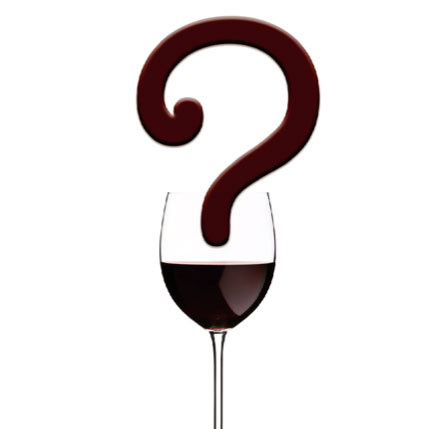Metatartaric Acid In Wine Kit
Q: I am making one of the ultra premium wine kits, an Australian Shiraz. The instructions say to add the metatartaric acid package after racking on day 42 or 56. What is the purpose of adding the metatartaric acid on day 42 or 56 rather than adding it right after the Kieselsol and Chitosan addition on day 28 (approximately)?
— Rich Weaver • Casper, Wyoming
A: Your question about metatartaric acid is a good one and one that brings to mind similar confusion and questions many of us have when faced with a litany of fining agents (and specific directions about how and when to use them). It sometimes seems like we can wing it, skip or combine steps or eliminate some of those packets and vials altogether. As a longtime reader you know that I’m not a big fan of adding things to wine willy-nilly. However, in the realm of kits, those professionals that sell them put them in the kits, with specific instructions, for a reason.
In the case of metatartaric acid, its purpose is to help your Shiraz look its best in the bottle. Metatartaric acid is an esterified tartaric acid, which helps prevent the formation of potassium bitartrate crystals in finished wine. These crystals, sometimes called “wine diamonds,” fall out of solution as a wine ages and, especially in white wines and especially under cold storage conditions, can cause unsightly crystalline deposits in the bottom of wine bottles.
Some commercial wineries have had customers complain about “shards of glass” in their wine when in fact these little crystals are completely harmless to people. Even so, these crystals can be an unsettling cosmetic issue and one that we all probably would like to avoid. While commercial wineries like mine are able to use traditional cold stabilization (hold cold at 32 °F (0 °C), add cream of tartar to “seed” crystallization and then filter cold) to prevent the formation of tartrate crystals in the bottle, most home winemakers just don’t have the equipment to make that a possibility. Hence the value of a metatartaric acid addition.
Why shouldn’t you just add it earlier with all the other fining agents included in the kit? While it may seem like it would save a step, I recommend viewing cold stabilization and/or tartrate stabilization as one of the last steps before bottling because everything that happens before you perform it could change or alter the result. Whether a wine is tartrate-stable or not is a delicate chemical and physical balance that takes into account a wine’s storage temperature, its pH, its buffer capacity, its isoelectric point and many other things. Basically, the metatartaric addition will be its most effective after you make all the major changes you anticipate to the wine (i.e. adding the other fining agents, racking, etc). After a treat to stabilize my tartrate crystals, just about the only operation I’ll do on a wine is the final filtration (or racking) just before bottling. I know it seems like taking an extra step, but it should pay off in a more effective stabilization and fewer tartrate crystals!


